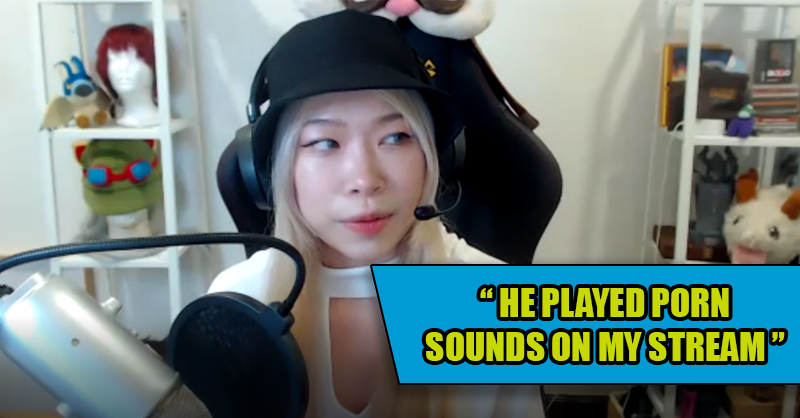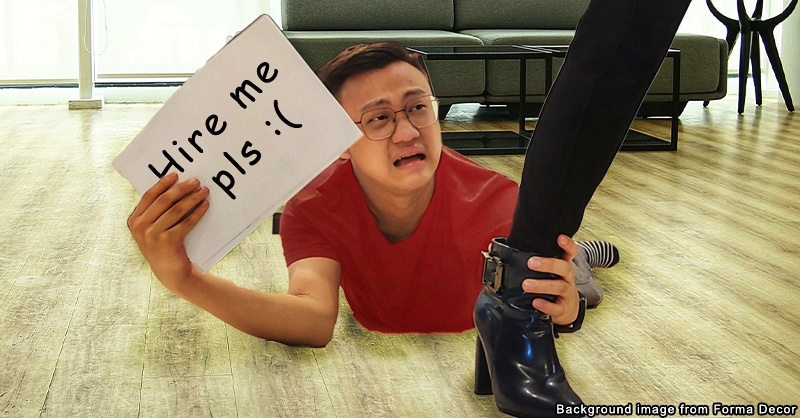Should Malaysian esports gamers train like real athletes? Science says yes
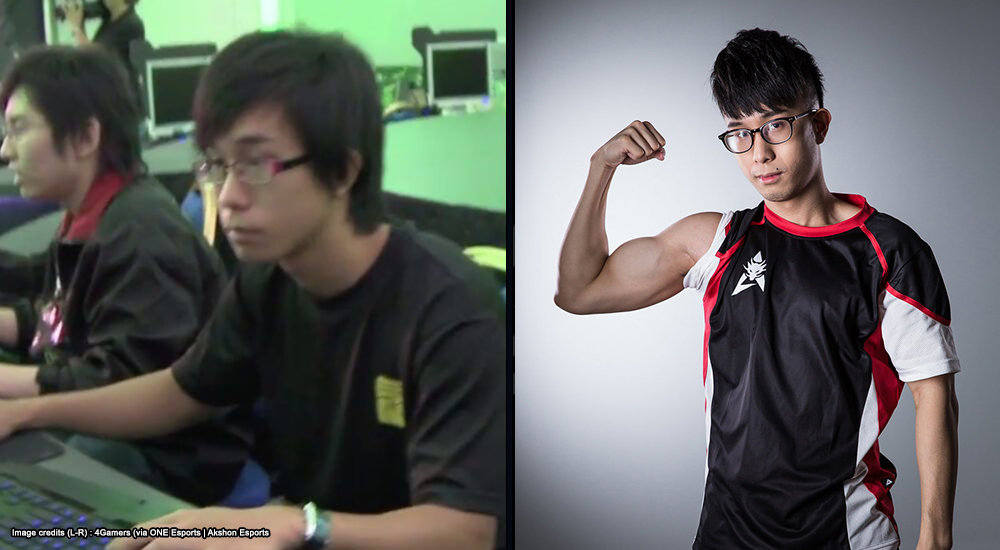
Now that the Malaysian government has officially recognized esports as an actual sport, brands such as Goodday Milk have stepped up to support the industry as well as promoting fitness and proper nutrition for professional gamers. At the launch event, Goodday and Hannah Yeoh both emphasized on the fact that esports athletes needed just as much emphasis on exercise as ‘traditional’ athletes.
Now, you might be wondering… how active do you even need to be to play computer games? It’s the complete opposite of what you’d imagine a badminton or football player needs to go through.
Except it’s not.
To illustrate the point, here’s a clip of Starcraft 2 player Losira in action. Watch his hand movements:

This is known as APM or Actions Per Minute, which is essentially how many actions a player can make in a minute. It requires dexterity, coordination, and accuracy; much like how a good footballer is able to control the ball. Depending on the game, some professional players can go up to 500 or 600 APM, or 10 purposeful actions per minute. Meanwhile, this writer is lucky if he can type a full sentence in under 2 minutes.
But while mechanics are important, so are other elements like strategy, reaction time, thinking on your feet (fingers?) and teamwork.
In other words, like an actual sport.
Malaysian esports athletes will be required to exercise and eat right

When the government gazetted esports into the Sports Development Act 1997, it didn’t just mean that gamers were getting tax exemptions and other perks enjoyed by traditional athletes-in-training. It also involves new guidelines to properly nurture, develop, and prepare gamers to represent Malaysia on the international stage.
The National Esports Development Guideline (NESDEG), announced by Youth and Sports Minister Hannah Yeoh in June 2023, provides a framework for 6 core areas, stemming from contractual management of e-athletes to ethics and safety. In particular, the 6th core involves the application of sports science and medicine in esports.
Drawing more parallels to ‘traditional’ sports, injuries and early retirement are not uncommon in esports either. But compared to acute injuries from sports, esports injuries are much more gradual, chronic, and harder to detect. In fact, a common esports injury is Gamer’s Thumb, a painful condition where the tendons near the thumb become inflamed.
“Esports might not seem as active [as traditional sports] … but gamers are performing micromovements and fine motor skills that, without preventative measures, can very much harm their bodies.” – Chuck Tholl, German Sport University Cologne, as quoted by The Washington Post
As we mentioned earlier, Goodday Milk has already started showing support for esports. Working with the Ministry of Youth and Sports and the National Sports Institute, Goodday’s campaign aims to debunk misconceptions about the industry and its players. As a bonus, they also introduced Goodday Charge, a chocolate milk specially formulated to support sustained energy for training through the day.

Speaking of debunking, let’s do one right now – will exercise and nutrition actually make a difference, or is this just a bureaucratic show to legitimize something?
Research indicates that fitness has an effect on esports players – but not in the way you think
For most people unfamiliar with gaming, the typical gamer stereotype that comes to mind would probably look something like this:

But padahal, if you search for images of esports teams, they kinda look more like this:

Most professional esports teams incorporate a fitness and diet regimen for their players which involve cardiovascular training, resistance training, and a specific diet – here’s a breakdown of British esports brand EXCEL Esports’s exercise and diet routine. For something more fun to look at, here’s a list of esports athletes before and after they got incredibly ripped.
To this point, we’ve only touched on the physical aspect of fitness, but esports also heavily involves the mental or cognitive aspects as well. Players have to make split-second decisions based on visual and auditory cues as well – what do you do when you hear Overwatch’s Pharah say “Justice rains from above!” or, what the Dota2 enemy team is up to when three players suddenly disappear from the map?
This is where physical fitness also plays a role. While academic research into esports is a lot more recent compared to traditional sports, it’s been getting a lot more attention in the past 15 years. For example, a study by Dykstra, Koutakis & Hanson (2021) involving 21 college esports players showed that cardiovascular exercises improved reaction times. Basically, the participants were given a range of fitness exercises (cycling, push-ups, stretching) and then a Stroop test to gauge their reaction times.
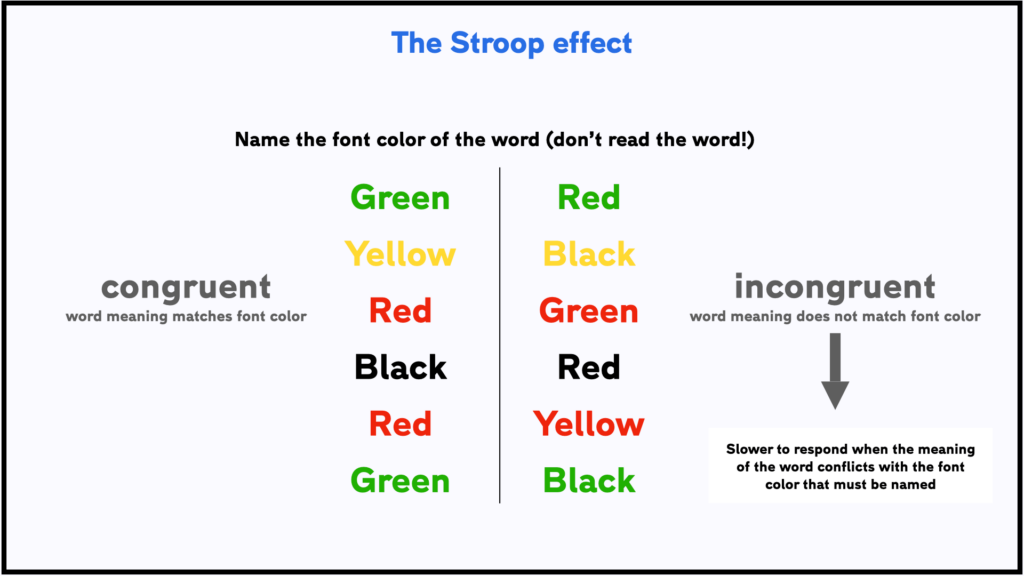
What’s also interesting is that the Stroop test also challenges selective attention – the brain’s ability to focus on a certain stimuli while ignoring another, and it was found that cardiovascular exercises improved this as well. You can read the entire study here.
There’s already a ton of research showing that diet plays an important role in athletic performance, and it’s no different for esports athletes. The major difference is that esports athletes require more brain nutrients than physical nutrients.
A study Goulart, Aitken, Siddiqui, et. al. (2023) involving 103 male and 16 female professional and avid esports athletes showed that specific nutrients such as protein, vitamin B-12, and selenium had a positive effect on brain function. They also pointed out that milk had promising potential to be a part of the training diet. You can read the entire study here.
The really weird thing about chocolate milk
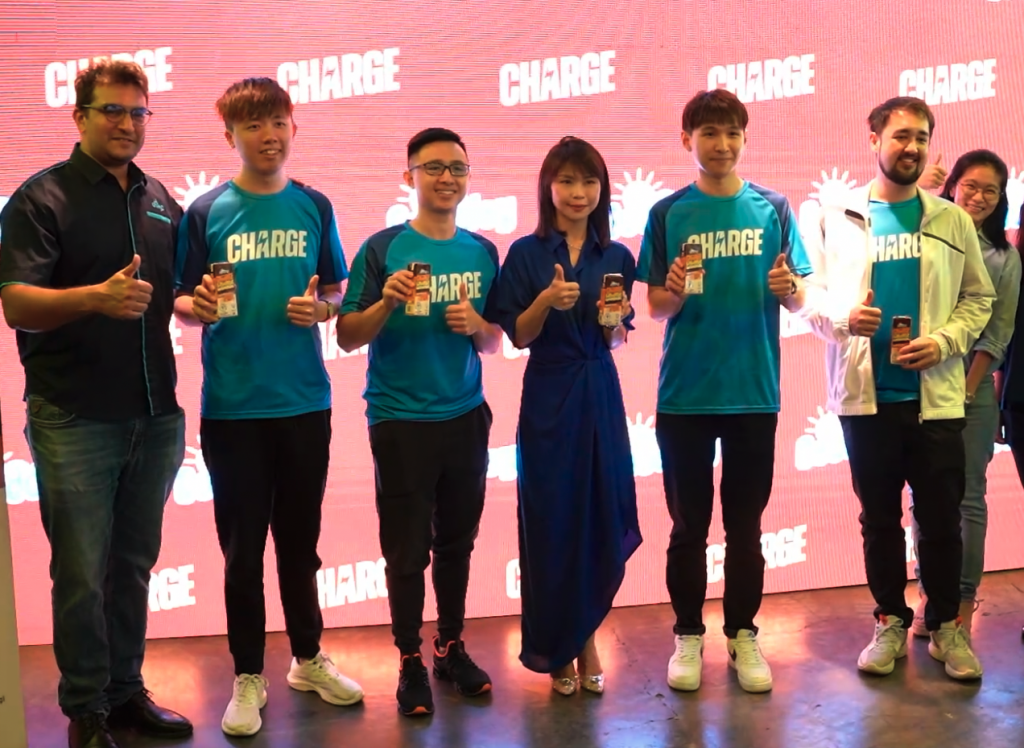
When we saw the Goodday Charge campaign announcement, our first thought was “Why chocolate milk?”. It seems so contradictory to present this entire argument of gamers as professional trailblazers to elevate Malaysia in the sporting area…… and ask them to drink something kiddy-kiddy like chocolate milk instead of regular milk.
Well, we’re not sure if Goodday planned this, but there has actually been a push for chocolate milk to be considered a workout and post-training drink alongside isotonics and protein shakes. The argument made is that milk is cheaper, tastes like a protein shake, and still rehydrates and provides necessary nutrients without overloading you with unnecessary sugar (sports drinks) or protein (shakes) that most non-bodybuilders don’t need. So yeah, that’s a weird thing that actually happened.
Back to the main point though, this is just one of NESDEG’s cores. Hannah Yeoh stressed that her ministry was taking a holistic view of the industry, which would also involve caring for the legal rights, mental health, and emotional and social development of the athletes, especially since gamers start from a young age.
As for shifting public perceptions on esports – especially now that the Education Ministry is also looking to introduce esports in schools – it’ll be up to public-facing brands like Goodday to lead the… Charge.


